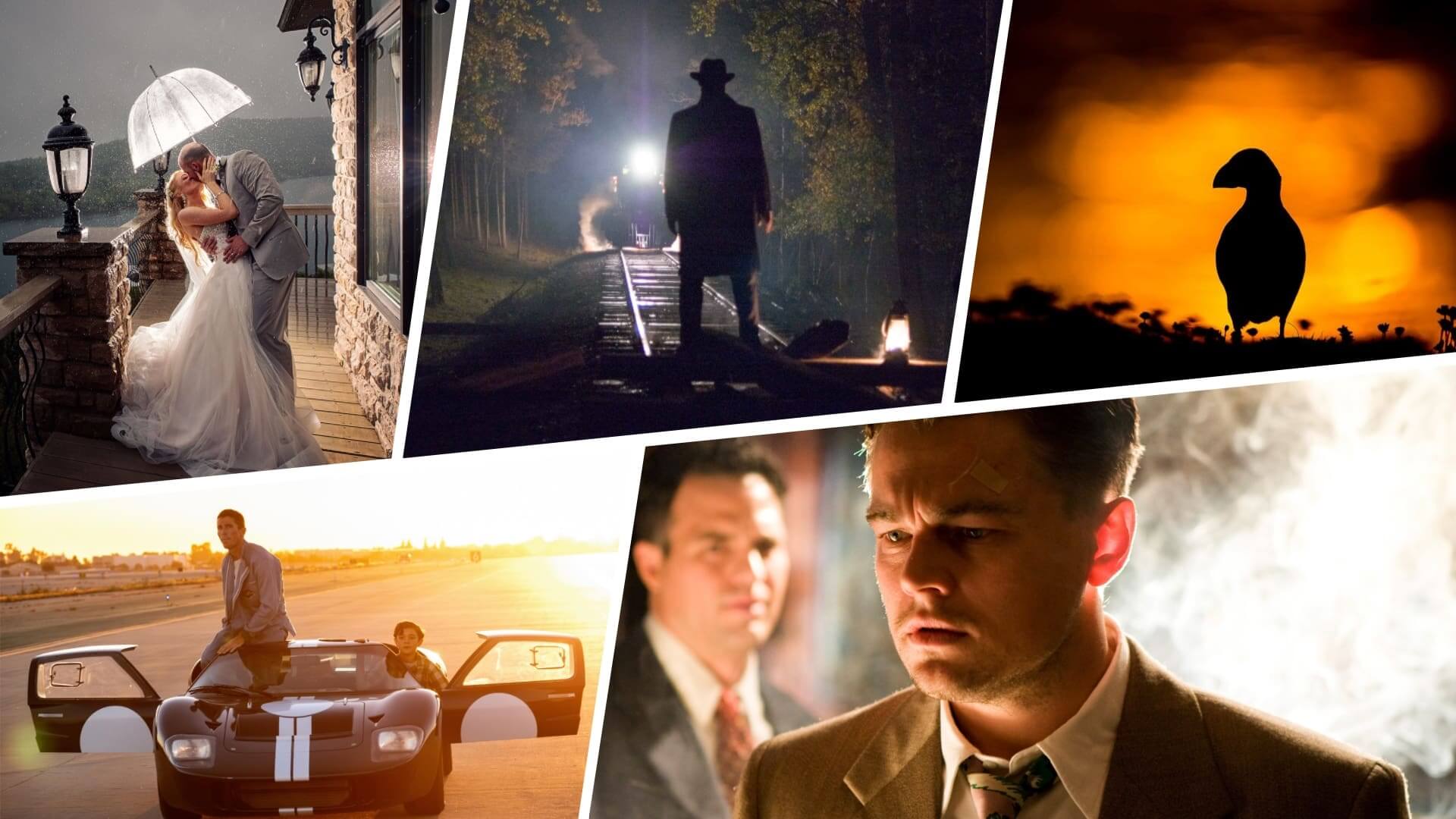There are many elements that go into creating a cinematic shot. The key light is important to expose the image. The fill light can determine the visual tone of a shot. But all too overlooked is the backlight. Back lighting can be the determining factor between a flat image and an interesting shot full of depth. What is backlight photography and how is it achieved? Let’s find out.
WHAT IS BACKLIGHT PHOTOGRAPHY
Understanding the backlight definition
Back light can be used in multiple ways for different effects, but its positioning is generally standard among all techniques. Understanding the backlight definition will help you incorporate it in your next lighting setups.
BACKLIGHT DEFINITION
What is backlight?
Backlight is light that hits an actor or subject from behind, typically higher than the subject it is exposing. Backlighting an object or actor from the background creates more depth and shape to a subject.
Back lighting is a main component of the traditional three-point-lighting technique and is what makes a frame feel three-dimensional rather than flat. When a backlight hits a subject at an angle it is referred to as a kicker or rim light.
What is backlight photography used for?
- Creates depth
- Defines shapes
- Reduce flatness of an image
- Increases dramatic effect
- Separates a subject from the background
What is backlight photography
How to use backlight in photography
Within the context of a traditional three-point-lighting setup, a backlight reduces the flatness of the image against a background caused by the key light and fill light by separating a subject from the background.
Because back light photography hits a subject from behind at a higher angle, it gives a sense of depth and space behind the subject. Back light not only exposes the rim of an actor, but can help expose the space behind them to create a more three-dimensional image.
A great example of this can be seen in this still from Shutter Island. The back light photography here creates depth and drama by separating the subject from the background.
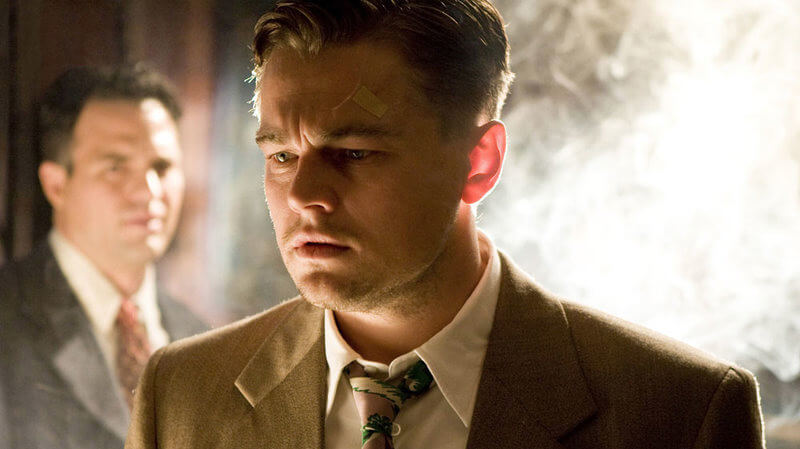
Backlight photo example from Shutter Island
Back lighting photography also brings out shapes in a subject that can be used for dramatic effect as seen in this still from The Hateful Eight, one of Quentin Tarantino’s best movies. Although subtle, the backlight helps define the shape of the hat and steam that would otherwise fall flat against the background.
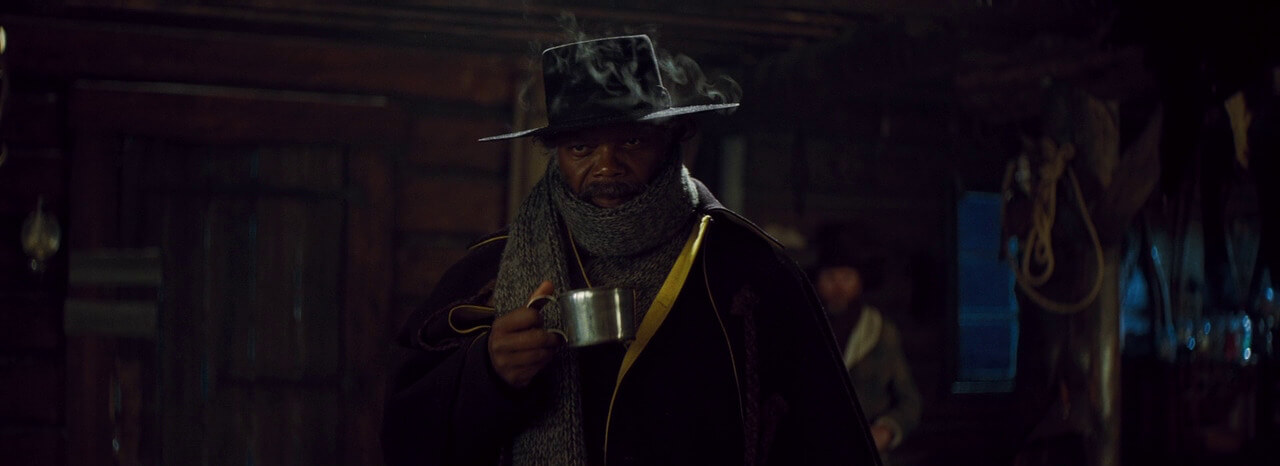
The Hateful Eight backlight photo example
Sometimes backlights are used as the main key light of a shot as well. This leads to a silhouette which has a very different effect than back lighting in a three-point-lighting setup. It can be incredibly dramatic and ominous which is perfect for dramas and thrillers.
Cinematographer Roger Deakins uses it in The Assassination of Jesse James by the Coward Robert Ford to heighten the suspense and drama of a scene. Consider this moment and how dramatic the silhouette is, the atmosphere of the forest, and the simple yet evocative composition.
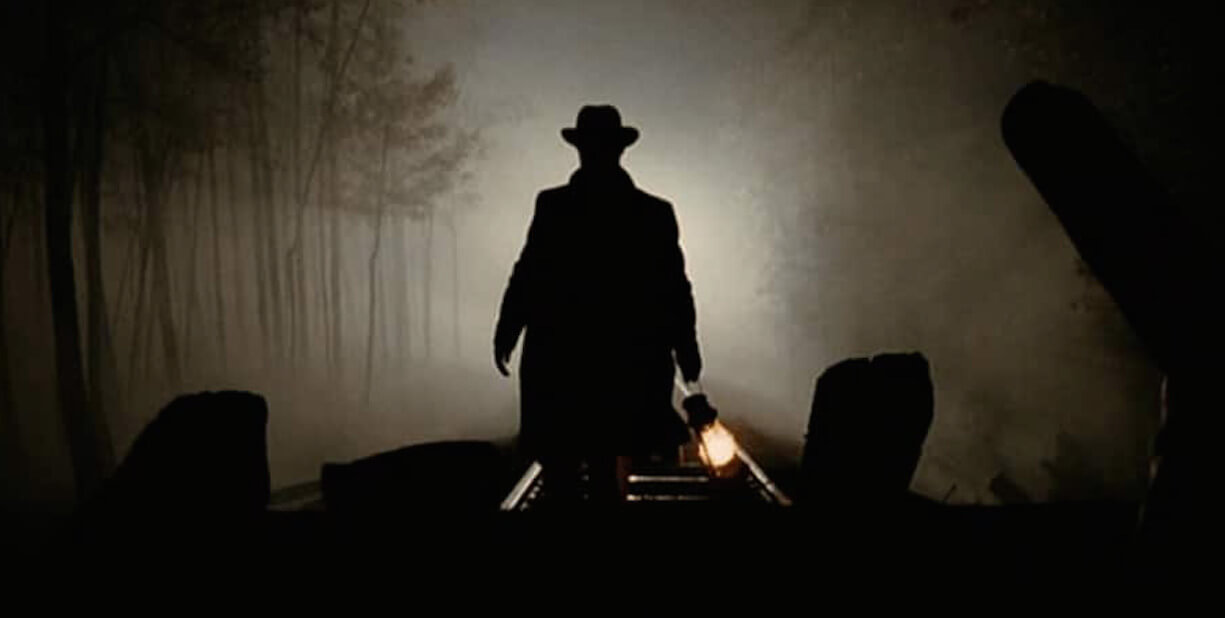
Backlight photo example
As you can see, there are various ways to utilize back light in the cinematography of your film. Determining how to use it comes down to the tone of your story and how back lighting photography can contribute to it. Here are some actionable lighting techniques and tips for using back lighting in your lighting set up.
Related Posts
What is backlight photography
Backlighting photography tutorial
So, is backlighting as simple as placing a light somewhere behind your subject? Or is there a bit more strategy or nuance to this technique? Let's walk through some tips on how to make sure you get the most out of this style.
Angle your backlight
Back light within a three-point-lighting setup will help offset the flatness created by your key and fill light. To do this, place your backlight on the same side of your key light. Then, raise your backlight higher than the subject it is hitting and angle it down at your subject at roughly a 45 degree angle.
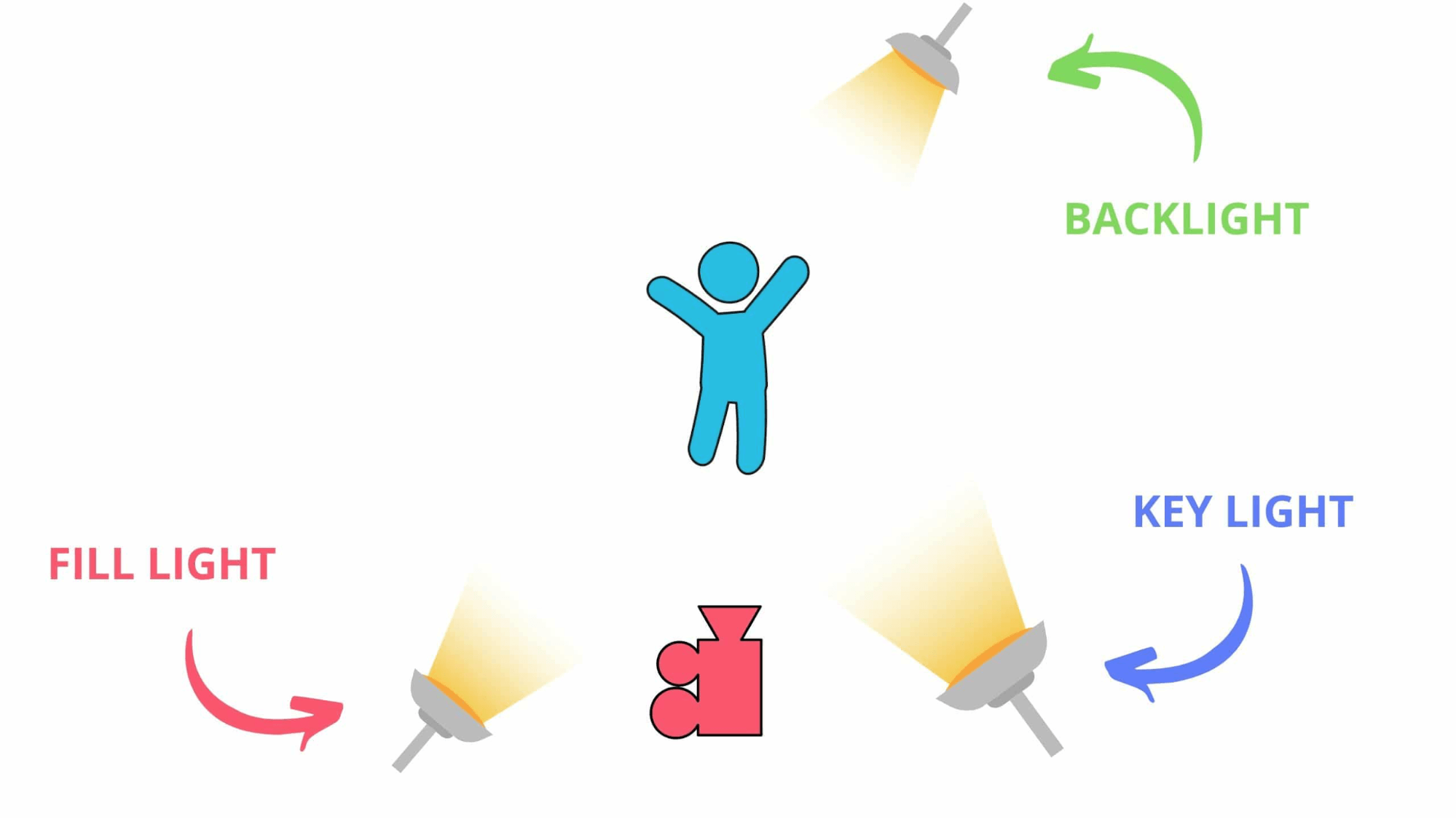
What is backlight photography
To see this type of back lighting in action, check out this video tutorial that covers back light in a three-point-lighting setup as well as others.
What is backlight photography • Types of backlight
Use the sun as a backlight
When shooting exterior shots, it is a good idea to use the sun as a backlight. The sun can often be too harsh of a light to be a source, but can be utilized as a backlight depending on the sun’s angle.
Ideally, you would shoot your exteriors at golden hour for the most cinematic natural lighting. This shot from Ford v Ferrari uses the sun as a backlight perfectly to create a very cinematic image.
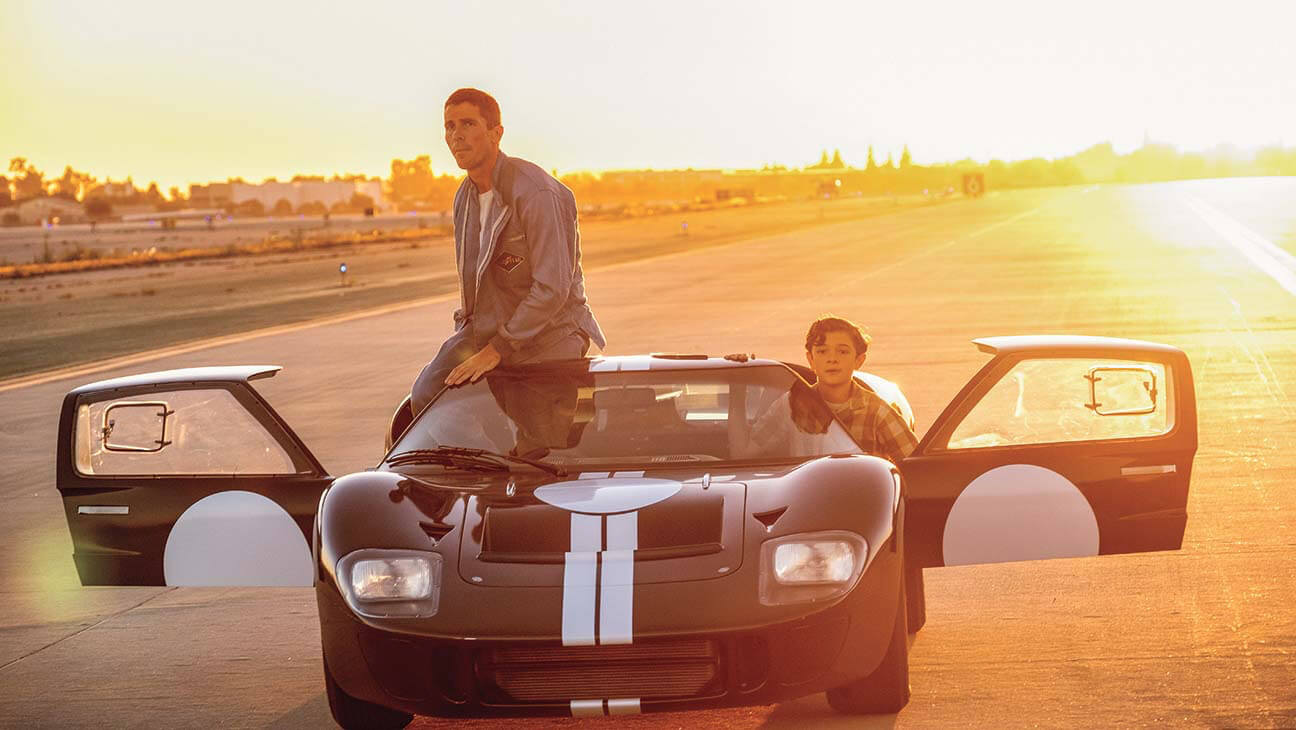
Natural backlighting in Ford v Ferrari
Experiment with the angle and placement of your backlight
Just like any other light, experimenting with its positioning and angles will help you identify how you want it to expose your frame. Small adjustments can make a huge difference, so be sure you make time to experiment and test your backlighting setup.
Silhouettes are dramatic
Knowing how to light your scene means understanding how both light and darkness should be used. Silhouettes have great tonal and storytelling capabilities that can heighten the drama of a scene.
Don’t be afraid to use a backlight as your main light source when a shot calls for it. Some of the most iconic shots in cinema have used only a backlight as a main source of exposure.
Take this famous scene from Stanley Kubrick’s A Clockwork Orange for example. The darkness and silhouettes help us understand Alex and his droogs as cruel and menacing.
What is backlight photography • A Clockwork Orange
Backlights can be the determining factor between a flat, boring image and an interesting, dynamic shot that is full of depth. Most cinematic shots use back lighting in some form and are the key to elevating an amateur looking shot.
So, next time you are lighting a scene and feel like something is missing or the image is too flat, try out back lighting and experiment with all of the great things it can add to a shot.
Related Posts
UP NEXT
3-Point Video Lighting Setup Guide
Understanding how a backlight works in conjunction with a fill light and key light is critical for creating cinematic shots. Check out our guide to the three-point-lighting setup that is fundamental for every filmmaker to understand.
Up Next: 3-Point Lighting →
Showcase your vision with elegant shot lists and storyboards.
Create robust and customizable shot lists. Upload images to make storyboards and slideshows.
